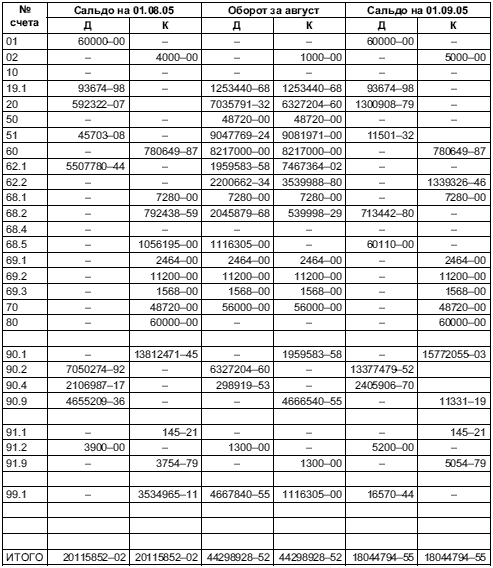Shahmatka V Buhgalterii Blank
Contents • • • • • • History [ ] One of the famous epics, was originally written in language by Sanskrit poet between 500 and 100. Being in Sanskrit language, this epic was not accessible to and understood by masses. In the 16th century, wrote the in dialect of language and the version was called (meaning Lake of the deeds of ).
In 1964, the constructed a temple at the same place where wrote. Construction [ ] Construction finished in 1964 and was funded by the of Bandhaghat,,West Bengal. The temple was constructed in and all around the temple. Verses and scenes () from are engraved on the marble walls all over the temple. Figurines in Tulsi Manas Mandir Location [ ] Tulsi Manas Mandir is situated on the Sankat Mochan road, 250 meters south of Durga Kund, 700 meters north-east of and 1.3 kilometers north of. Historical importance [ ] Due to, the epic was read by larger number of people, who otherwise could not have read since it was in.
United States Court of Appeals for the Second Circuit 68 F.3d 1451 (1995) Facts. (defendant) is a Delaware corporation wholly owned by Eastman Kodak, Inc. (Kodak) (defendant). Atex produces keyboards. The plaintiffs sued Atex and Kodak, arguing that Atex’s keyboards caused repetitive stress injuries.
 Reportedly, prior to, Lord was depicted as a great and it was which bestowed him as a Deity. The temple was inaugurated by HH Dr. Sarvapalli Radhakrishanan See also [ ] • • References [ ]. Retrieved 1 March 2015. Jindal (1955),, Kitab Mahal.
Reportedly, prior to, Lord was depicted as a great and it was which bestowed him as a Deity. The temple was inaugurated by HH Dr. Sarvapalli Radhakrishanan See also [ ] • • References [ ]. Retrieved 1 March 2015. Jindal (1955),, Kitab Mahal.

The book is popularly known as the Ramayana, but the poet himself called it the Ramcharitmanas i.e. The 'Lake of the Deeds of Rama' •. Retrieved 1 March 2015. • Vālmīki, Robert P. Goldman (1990).

The Rāmāyaṇa of Vālmīki: An Epic of Ancient India. Princeton University Press. Varanasi City website. Retrieved 1 March 2015. Retrieved 1 March 2015.
Indian Mirror. Retrieved 1 March 2015.